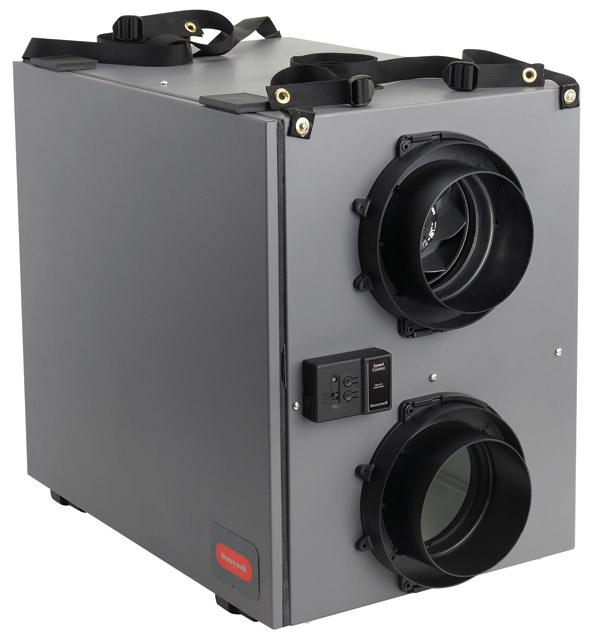Normally one gets the wood from a wood supplier. This can be either a place that is dedicated to firewood supply or a tree company that does it as side work. Hardwood takes 1-2 yrs to season. Full-time burners are usually 2-3 years ahead on their wood supply for this reason. This could be 4-8 cords of wood stacked under a top cover or in a shed. Beware of sellers that claim the wood is seasoned. 90% of the time it is not. Firewood does not dry well in tree-length form. It needs to be split and stacked to dry thoroughly. In the short term, you may need to buy kiln-dried wood. Do a google search for firewood suppliers in your area.Where do folks usually get theirs? The stove is only for my finished basement which is my office I work in 5 days a week
The stove will heat more than just the basement. A lot of the heat will convect up the large open stairwell next to the stove location.


![[Hearth.com] Wood stove and backdraft [Hearth.com] Wood stove and backdraft](https://www.hearth.com/talk/data/attachments/311/311466-9968a3a2c61c672fb66dd0d7dbf8d198.jpg?hash=HzbrPWCjI1)
![[Hearth.com] Wood stove and backdraft [Hearth.com] Wood stove and backdraft](https://www.hearth.com/talk/data/attachments/311/311469-7cfe661e886351dec7fb592adcbd132f.jpg?hash=CR_-bxS1d0)
